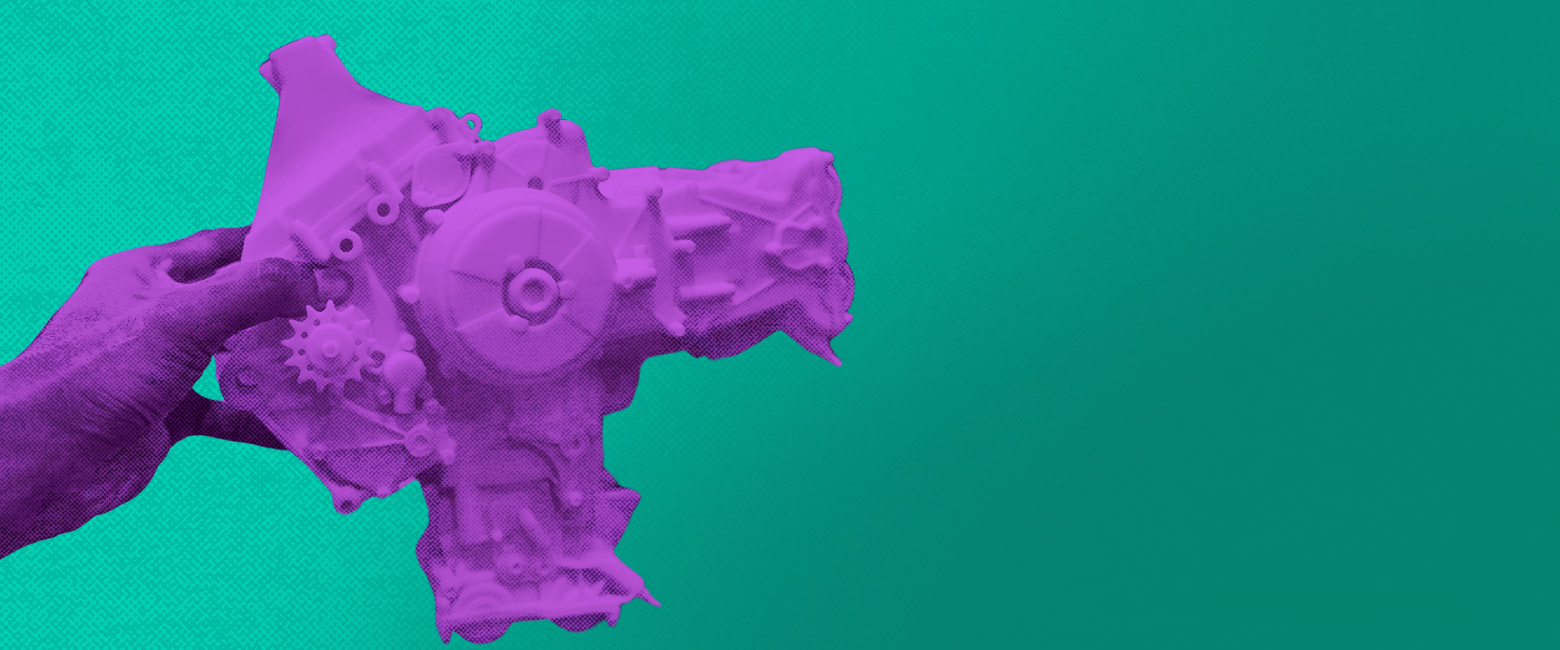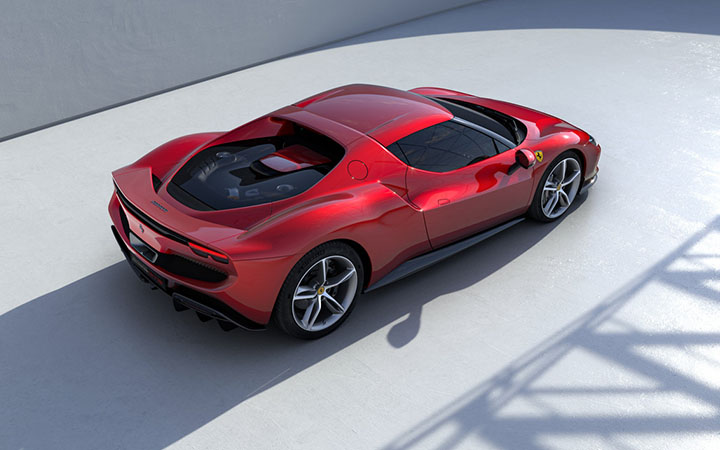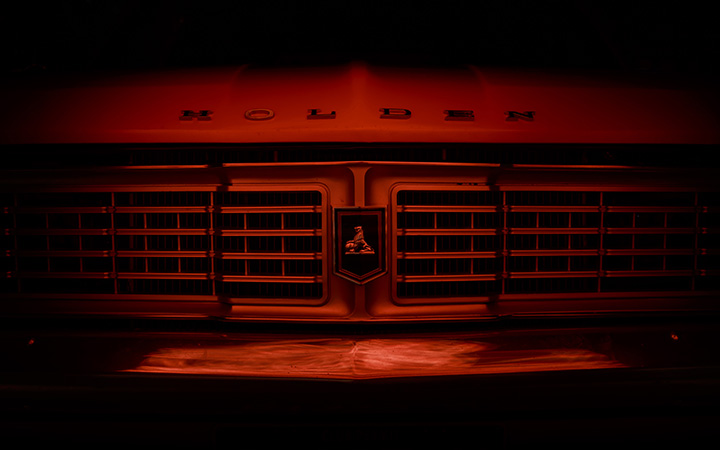Is three-dimensional (3D) printing set to be yet another great disruptor in our industry, upsetting supply chains and overturning business models? Or is it destined to become a novelty—a technology used on the sidelines of the aftermarket to make trinkets like custom spoilers and cupholders?
With 3D printing becoming more popular and more freely available, Capricorn wanted to better understand the implications of “additive manufacturing” (as it is also known) for the aftermarket. Our Innovation Team recently investigated 3D printing to find out where things stand and where things are headed.
What is 3D printing?
First, a brief explanation of additive manufacturing. In essence, it’s a process that creates three-dimensional objects, layer by layer, using a pattern from a digital model. Where an office printer uses ink, a 3D printer can use plastic, metal and other modern materials.
The technology was invented in the early 1980s, became popular for scientific and manufacturing (specifically prototyping) uses through the 1990s and 2000s, and came properly into public consciousness in the 2010s. It has been used to create everything from entire buildings to human organs (the first 3D-printed human bladder was successfully transplanted in 2010).
With such a range of uses and the technology constantly improving, it would be unwise to ignore its potential in the aftermarket. Here’s what our Innovation Team found.
The capacity for customisation
One of the most compelling advantages of 3D printing is its capacity for customisation. Unlike traditional manufacturing, which often requires expensive tooling changes for each new design, 3D printing allows for customisation at virtually no extra cost. This opens up a world of possibilities for creating custom parts and accessories that cater to individual tastes and requirements.
A means of decentralising production
By enabling production at the point of use, 3D printing potentially increases the availability and accessibility of parts. This could be particularly beneficial for Capricorn Members, as it could reduce your dependence on original equipment manufacturers (OEMs). With the ability to adjust or remanufacture parts onsite, Members could continue operations even when no suppliers exist or when supply has ceased for specific parts or products. 3D printing is already being used by vintage and classic car enthusiasts in particular, to recreate obsolete or hard-to-find parts.
A more efficient use of materials
The way objects are produced by 3D printing significantly reduces waste, as it’s not a subtractive process (a new part isn’t being carved out of a larger block of metal). This not only reduces the cost of production but also contributes to sustainability, a growing concern in today’s industries.
But there are challenges, too
That all sounds great. So, is it time to wave goodbye to your suppliers and buy a 3D printer? The short answer is no. And it probably never will be.
At present, 3D printing is expensive. The printers can cost hundreds of thousands of dollars. The printing process is slow for mass production and the cost of materials is also high—more than traditional manufacturing methods for large production runs. Costs also rise exponentially for larger parts.
Quality can be a problem
Then there’s the quality. Surface finish is a particular concern. According to Luke Truskinger, Managing Director of the Australian Automotive Aftermarket Association’s Auto Innovation Centre, there’s also a problem with strength. The centre has tested the technology and has owned several 3D printers.
“It’s good for jigging and brackets and things that don’t have a high strength requirement,” he said. “It’s good for prototyping or producing packaging but for most people, 3D printing isn’t the final manufacturing method.”
“Realistically, the benefit of a very expensive printer and material could, in our experience, only rarely be fully utilised.”
There are ongoing running costs
Luke warned that there are expenses to running 3D printers beyond the cost of the machine and the materials.
“You always have a lot of labour going into loading machines, running machines, deep prepping them, post-processing, and things like that,” he said. “Just like we’ve learned over the years with CNC machining, you’ve got to run the machines hard, you’ve got to run them efficiently, otherwise it’s just not worth it. If you just run them every now and again, material goes stale; the machines aren’t happy. You’ve got to keep up the throughput to stabilise the economics of the operation.”
The job isn’t done when the printer stops
Many 3D printed parts require significant post-processing, such as cleaning, removing support structures, and finishing, which can add time and cost to the production process. Additional equipment might be required to do this.
So, does 3D printing have a future in the aftermarket?
For all this, 3D printing is here to stay. We’re seeing technologies become more accessible, affordable (as little as $2000) and able to integrate into how technicians work. Printing-as-a-service businesses are starting to pop up from OEMs and other sector participants.
The number of materials suitable for 3D printing, including different metals, is increasing, and 3D printer providers are developing new proprietary materials. They’re expensive, but those costs should come down over time.
And that’s the key point for Capricorn’s Chief Innovation and Transformational Officer, Kim Radalj.“There’s definitely a role for 3D printing in the aftermarket, but at the moment that’s being applied in very specific areas, like prototyping and niche applications,” he said. “But like any computer—remember the printers we used to have 30 years ago—this technology is going to continue evolving and getting cheaper. We’ll have to keep watch on how it’s being applied.”
While 3D printing presents challenges, it also has the potential to become a powerful tool for the aftermarket.
Are you a Capricorn Member who currently uses 3D printing in your business? Our Innovation Team would love to have a chat to find out more about how you’re making use of this emerging technology. Just send them an email at innovation@capricorn.coop to get in touch!


